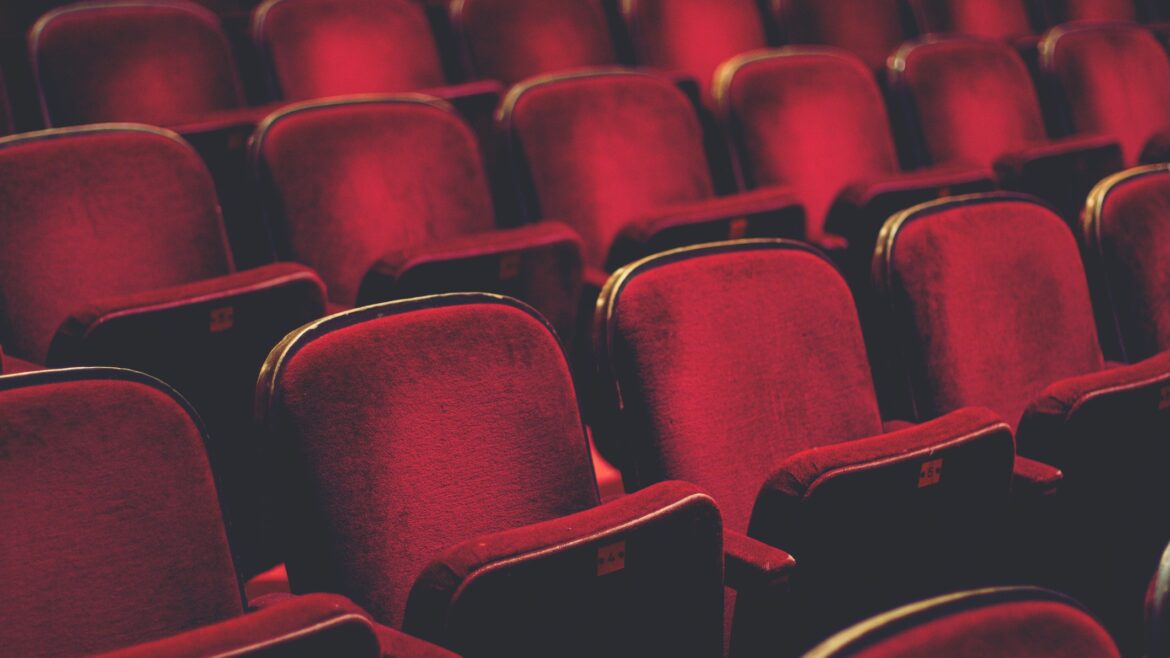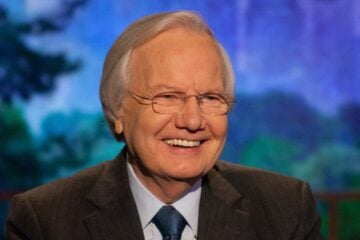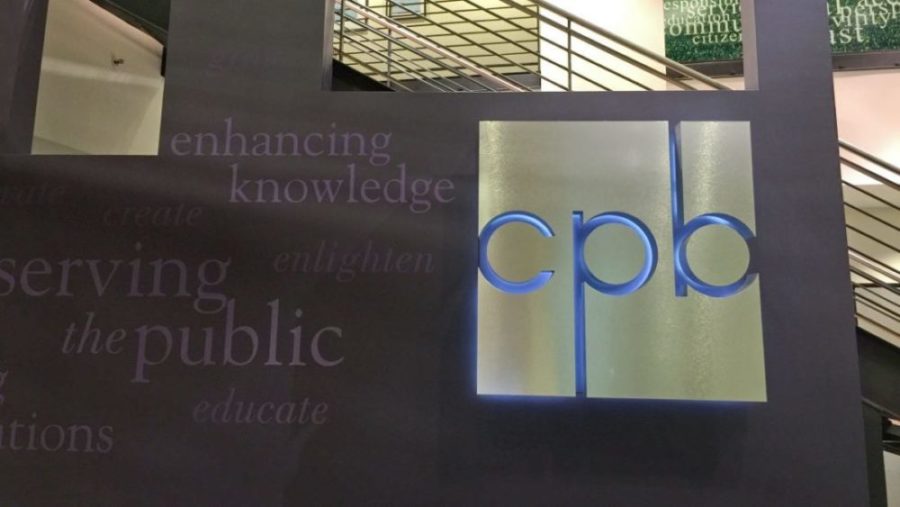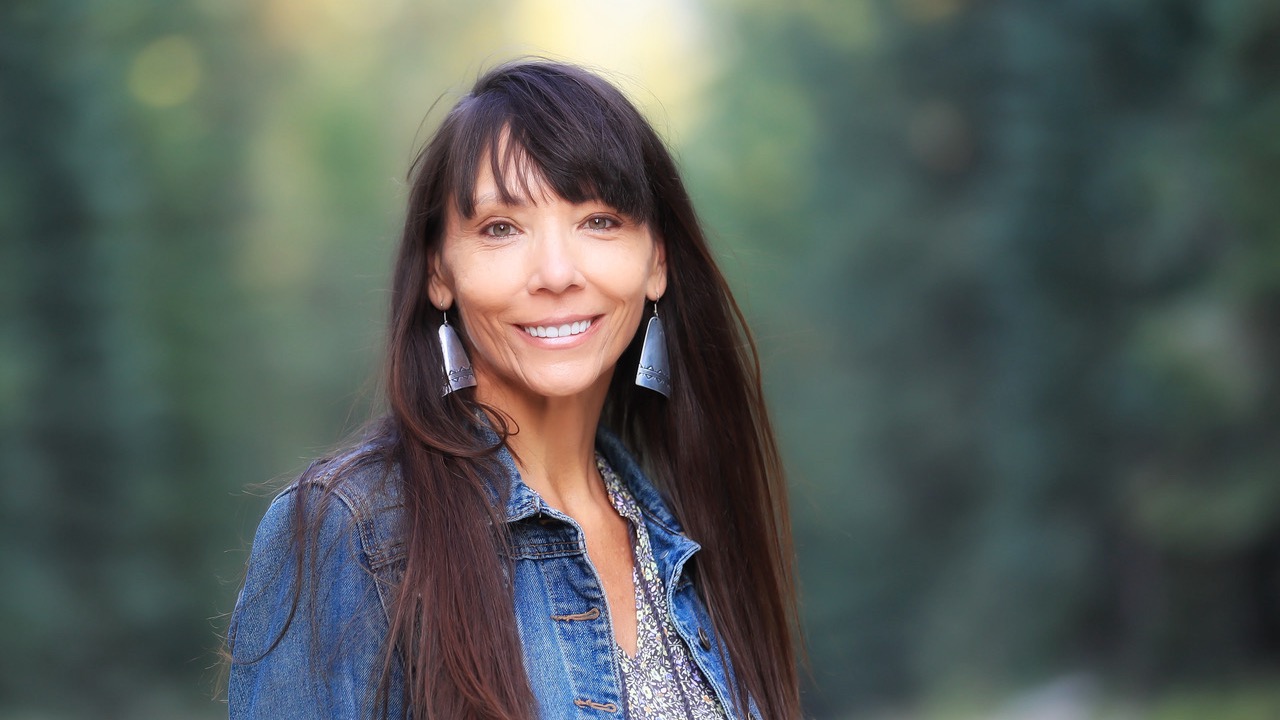Why live events could be key to classical radio’s survival

maksicfoto / iStock
Imagine you’re in 1990: The Germanys reunite, Voyager 1 snaps the Pale Blue Dot image, Michael Jordan rules the hoops, Iraq invades Kuwait, Driving Miss Daisy wins Best Picture. And a fortune-teller proclaims, among startling prophecies, that the number of classical radio stations across America will drop by two-thirds by 2025. No way, you say. It turns out she was quite prescient.
We can speculate about the decline of classical broadcasting stations in recent decades. New technologies have splintered audiences. The phenomena of podcasts and streaming have bloomed. Classical audiences have aged and shrunk. Orchestras have struggled; a preeminent one, the Philadelphia Orchestra, entered a year of bankruptcy in 2011. Pop culture and sports have cast their ubiquitous “Coliseum spell” on the masses. Schools have cut back on music education.
Within public radio, NPR’s evening and then morning news magazines debuting in the 1970’s, were the tent-pole seeds of music displacement. Stations realized that news and information programming yields higher average member donations and more underwriters. Economics and politics have suppressed the founding mission of public broadcasting: offering alternatives to commercial programming.
Amid these changes, classical stations may have undervalued and underutilized something: the off-air dimension. A useful metaphor is the effect of a vacation versus a glitzy gift. Studies show that a fine trip beats a material present in gratification and memory. We recall more fondly that tour in Greece than a pricier new Volvo.
Likewise, listeners often experience classical radio as a background pastime. It’s the glitzy gift always there. Classical radio rightly prides itself on growing audiences who patronize orchestras. Yet its product is undemanding, a passive presence.
The parallel to a vacation is the in-person, station-sponsored off-air event. Such events elevate engagement, making for a memorable impression. They can be customized and unique to the station. If time spent listening is predictive of donating, event attendance may seal greater station loyalty.
Much effort goes into delivering worthy classical radio hours — care in programming, production, presentation. But this staid product needs complementary outside events, too. Usually this means, for example, hosts giving pre-concert talks or interviewing soloists with a live audience. Reporting from exalted summer festivals adds color. A few affluent stations offer European tours to classical hubs, marvelous but for a small elite.
Two quite different ideas come to mind for extra-station events. I’ve tested both on a limited scale.
As we know, not all concerts are created equal. So several years ago in Denver, I started curating concert evenings with a new classical club on Meetup. An excess of aural riches abound: vibrant orchestras play in Boulder, Fort Collins, Greeley and Denver. With my classical radio background, I’d survey and choose the very best concerts, then match them with the best cuisine. A great meal, then a terrific concert. One time when leaving an exhilarating “Organ Symphony” performance (giant speakers a-stage) suddenly our group’s favorite composer was Camille Saint-Saens. After two years, the club reached almost 300 members.
This popular classical-concert dinner club inspired another event. How about a curated multimedia classical evening, a TED Talk–like occasion that would offer unique classical perspectives?
Kudos came (from family, ha!) for my show, Being a Champion of Classical Music: 9 Questions Celebrating Classical Afresh. This 80-minute presentation peppered 20 minutes of talk among audio-visual elements, including my photos of panoramic landscapes. More entertaining, IMHO, than a typical recital, lecture or “greatest hits of the greats” (oh, for the dust in my soul), this could be a fun educational “variety road show” and a perk for members/families of classical radio stations. However, music copyright seems to be a barrier.
Among this presentation’s compelling questions: Who is the most innovative composer in classical music history? How would you introduce Tchaikovsky to 4th graders? (My daughter’s class endured the first edition.) How did the famed band of Sir Neville Marriner, the most-recorded living conductor in history before his death in 2016, get its quirky name? (From my interview with this founder of the Academy of St Martin in the Fields.) What classical blends with America’s largest national monument? (With my panoramic photos of this stark, vast landscape.) This in-person show frames classical from different angles for a fresh take.
What outside events is your station planning? As we know, growing classical audiences is about exposure and engagement. The best live events may attract both current and potential members for classical exposure with immediate immersion. The joy of classical shines afresh. New friends are made. Beyond the same old same old, it jazzes those gathered.
One side note: Classical hosts don’t want to be robots. Fortunately, enlightened stations allow hosts ownership of programming. (This approach can definitely be executed well in a systematic, holistic way according to guidelines.) After all, many hosts chose their job for the creative outlet and the pleasure of a classical environment. If hosts rotate, say, with four weekdays plus Saturday for outside-event roles, they may channel creativity anew.
Many markets have lost their classical radio station in the last 35 years. Could the pendulum return? Among numerous factors, more classical champions beyond the airwaves and concert stages may help.
Peter M. Johnson (ecoessays@aol.com) is a radio consultant, a past producer for the Aspen Music Festival and GBH in Boston, and former music director of four public radio stations, including WSHU in Fairfield, Conn., and WDAV in Davidson, N.C.







I agree with Johnson that producing outside, non-broadcast events is a good idea for all sorts of reasons, not the least of which is to build a sense of community for those attending the events. I’ve done this myself. For example, when I was the general manager of WFMT, Chicago’s classical station, I once presented the complete organ music of Bach (300+ works!) over four weekends in 10 venues around the city using 40, yes, 40 organists. People purchased tickets to single concerts or subscribed to everything. Every concert had a sense of community and it was successful musically, with some suggesting it was the first time this had ever been done in Chicago. It was also a financial success: I spent $30,000 putting it together and ticket sales come to $60,000. But for all that success, I’d say it had no real long-term effect on the station, either financially or in terms of growing the audience. It was a diversion. And that’s where I feel Johnson glossed over what I feel is the key point. He says, “…listeners often experience classical radio as a background pastime…Yet its product is undemanding, a passive presence.” That’s the problem and the challenge! Many classical and Jazz stations have become juke boxes with one unrelated piece following another, with little or no context tying them together. This type of bland programming is BEGGING the listener to use the station as background Muzak. So instead of spending time producing events that might attract a few hundred people, stations should focus on the main event: the programming and they should experiment. One way to is use to utilize Thematically Integrated Programming (TIP), something I wrote about in a CURRENT article a few years ago. Whatever experiments a stations might try, what’s happening every day in classical, Jazz or any other music genre is exciting, vibrant and challenging but you’d never know it listening to most radio stations. So while there’s nothing wrong with producing a few outside events here and there, we should use our collective, knowledge, experience and passion to make our stations more vibrant and exciting because that’s where the audience and the money is.